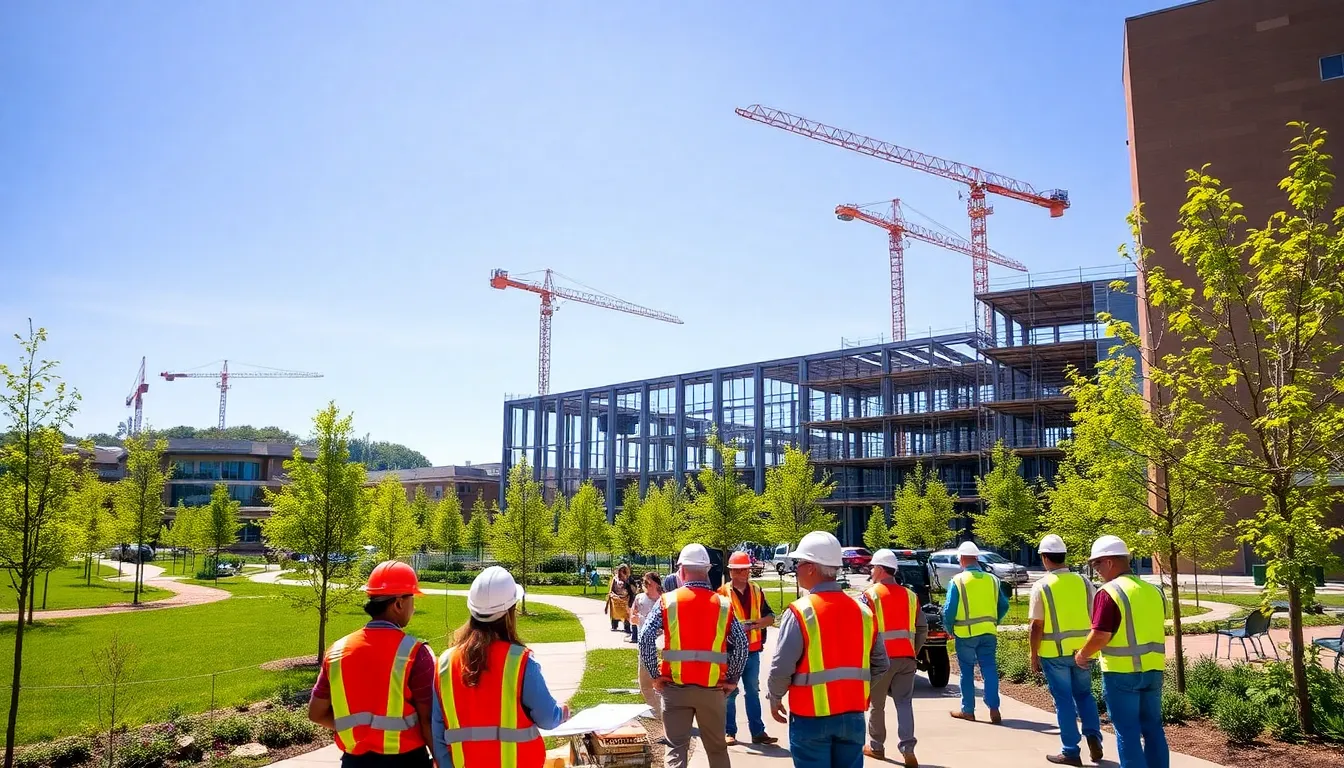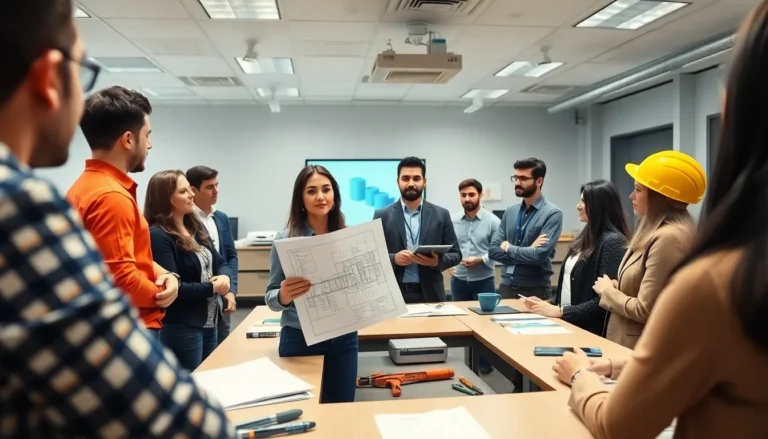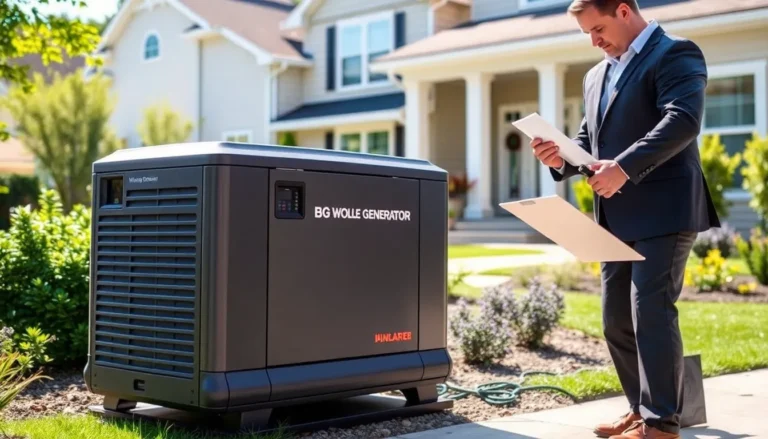When it comes to university campuses, Virginia Tech is leading the charge in innovative building construction. Say goodbye to dreary, lifeless structures: this campus is undergoing a transformation that not only reflects the school’s commitment to excellence but also elevates the student experience. Whether you are a prospective student or a curious community member, exploring Virginia Tech’s construction projects will surely spark excitement. Are they building a fortress, a spaceship, or just really cool classrooms? Spoiler alert: it’s a bit of everything.
Table of Contents
ToggleOverview of Virginia Tech Campus Development

Virginia Tech has always been a school that values growth, and that’s especially evident in its ongoing campus development projects. With over 2,600 acres nestled in the heart of Blacksburg, the university is not only expanding its infrastructure but also enhancing its educational environment. Recent investments in building construction are designed to foster a more interconnected community while also meeting the diverse needs of an evolving student body.
Much of this development focuses on balancing modern aesthetics with functionality. The university aims to create study spaces, gathering areas, and laboratories that inspire collaboration and innovation among students and faculty alike.
In short, Virginia Tech’s campus development is not just about bricks and mortar: it’s about creating a space where ideas flourish and academic excellence is encouraged.
Importance of Sustainable Building Practices
Sustainability isn’t just a buzzword at Virginia Tech: it’s an integral part of their building philosophy. The construction of new facilities takes into account environmental impact, energy efficiency, and the use of sustainable materials. By adopting green building practices, the university demonstrates a commitment to combating climate change while fostering a healthier future for its students and staff.
Utilizing renewable energy sources, such as solar panels and geothermal heating, significantly reduces the carbon footprint of new buildings. Not to mention, throughout this construction, Virginia Tech looks to the future, ensuring that everything built today remains beneficial for generations to come.
Incorporating nature into the design of buildings also adds to the overall wellness of the campus community. Natural lighting, green roofs, and landscaping designed with local flora not only enhance visual appeal but also create a calming environment for all who frequent these spaces.
Recent Construction Projects at Virginia Tech
Virginia Tech is bustling with construction activity, with several notable projects reflecting the university’s commitment to innovation and sustainability.
Innovative Architectural Designs
Among the most exciting recent developments is the construction of the new School of Architecture + Design building. This facility is designed to promote creativity and collaboration, featuring open studios, cutting-edge technology labs, and configurably designed spaces. The focus on natural light and ergonomic design seeks not just to delight the eye but also to enhance the working experience of everyone who enters.
Also, projects like the expansion of the student center and renovation of existing dormitories emphasize accessibility and modern amenities. Flexible spaces allow for social interactions, leisure activities, and dedicated study areas, making them a hub for community engagement.
Community Engagement and Feedback
What makes Virginia Tech’s building projects especially noteworthy is their commitment to community involvement. Feedback from students, faculty, and local residents during the planning stages has shaped the design and function of these facilities. Town hall meetings, surveys, and focus groups ensure that voices are heard, with the goal of crafting spaces that genuinely reflect the needs of those who use them.


